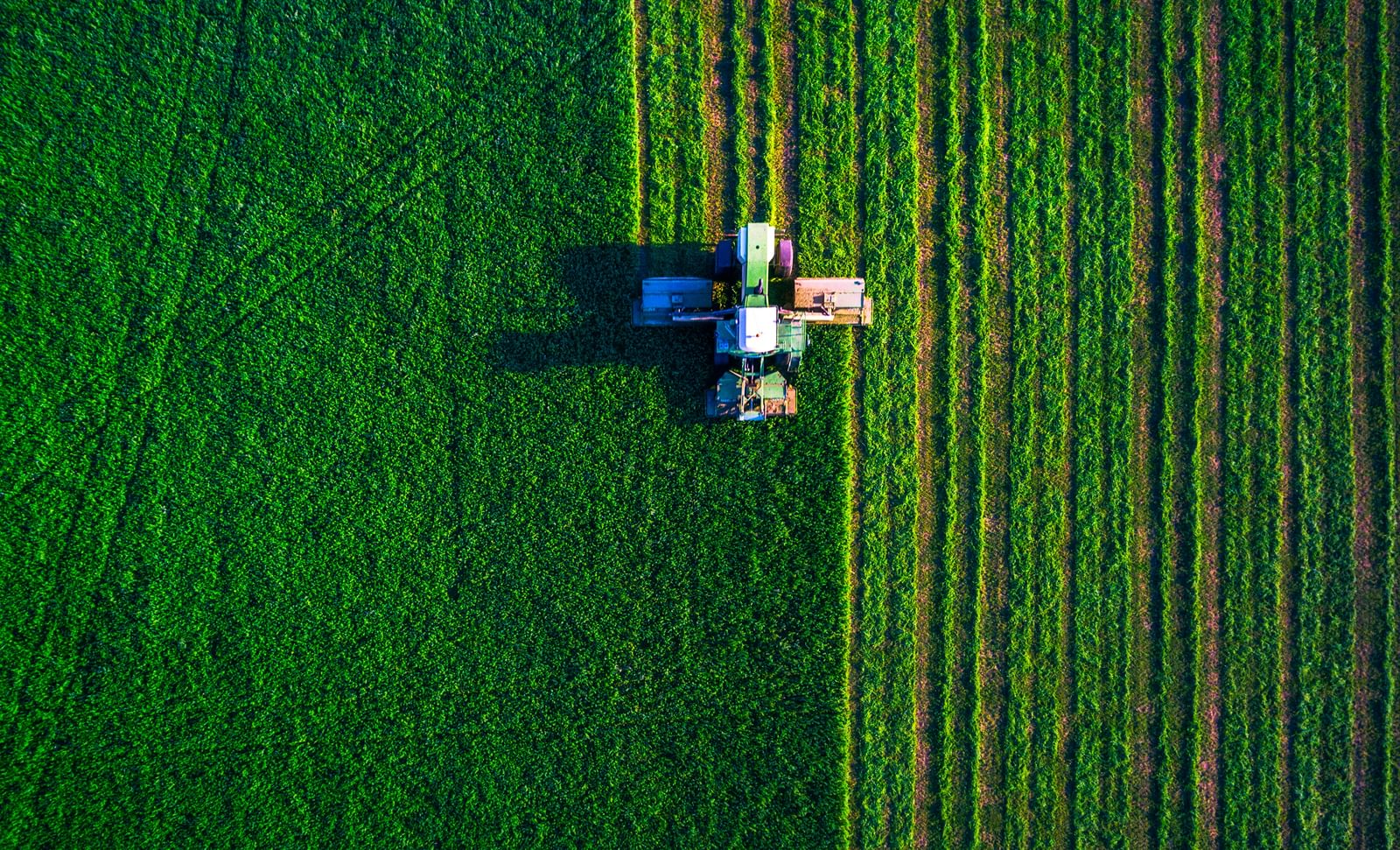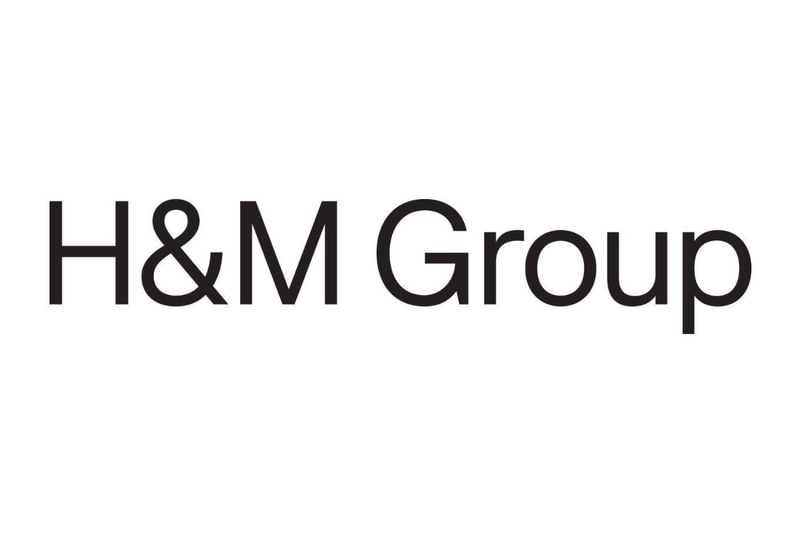
Carbon removals in Forest, Land and Agriculture (FLAG) Pathways
Sept 12th 2022
In this second blog in the series, which explores the questions received during the public consultation on the SBTi’s forthcoming guidance for forest, land and agriculture (FLAG) sector target-setting, Martha Stevenson, Christa Anderson and Tereza Bicalho explain how the FLAG pathways address carbon removals and the activities that are included and excluded.
While FLAG emissions and removals are calculated within national accounts using the IPCC’s Guidelines for National Greenhouse Gas Inventories (2006/2019), this sector has often been overlooked or only partially included in corporate greenhouse gas inventories. This has led many practitioners to think about the emissions reductions and carbon removals within the FLAG sector solely as carbon credits to be sold as ‘offsets’ on the voluntary carbon market (VCM).
Guidance for the FLAG sector
The Science Based Targets initiative (SBTi) FLAG Science Based Target Setting Guidance being launched later this month will change this dynamic by requiring companies to disclose and set targets on FLAG emissions and removals. Emissions reductions and removals from forestry and agriculture supply chains must be reported separately to maintain focus on reducing cumulative emissions into the atmosphere, while at the same time enhancing carbon sinks.
The mitigation potential of the FLAG sector includes both emission reductions and removals, since it covers the Earth’s terrestrial plant life (e.g. trees, shrubs, crops, etc.). Depending on the management or natural conditions of these plants, they can either emit or sequester carbon, i.e. be a carbon source or carbon sink.
The land sector contributes 22% of annual global emissions but offers up to 30% of the mitigation potential until 2050. The paper Contribution of the land sector to a 1.5°C world, by Roe et al 2019, is the basis for the SBTi FLAG pathways. It reflects that from 2020 to 2050 the split between required reductions and removals is almost 50/50 – thus both emissions reductions and removals must be delivered to contribute to 1.5°C. However, it is important to note that emissions reductions are a higher share of ambition earlier in the model with removals increasing later, as reflected in the SBTi Net-Zero Standard mitigation hierarchy.
Potential mitigation activities
To develop the FLAG pathways, a number of activities that have the potential to deliver significant climate mitigation from the land sector were recommended, but are not meant to be prescriptive or to stifle innovation. We have included only those activities appropriate for companies within the forestry and agriculture supply chains and removed those that are better advanced by governments or local/indigenous peoples (outside supply-chain activities).
Activities with mitigation potential in agriculture and forestry supply chains | ||
| Agriculture Companies | Forestry Companies |
Emission reduction activities |
|
|
Carbon removal activities |
|
|
Climate integrity
Knowing that forestry and agriculture companies can deliver both emissions reductions AND carbon removals, the FLAG pathways include a series of criteria and recommendations to ensure continued climate integrity aligned with the other pathways developed by the SBTi.
- ‘Don’t cross the streams’: Companies are required to set FLAG targets when land-intensive activities contribute 20% or more to their overall emissions. FLAG targets must be separate and additional to their traditional science-based target that covers all other non-FLAG emissions (i.e. from energy and industrial processes). Because these targets must be separate, FLAG mitigation cannot be used to meet non-FLAG targets (e.g. a company cannot bring forests into its value chain to meet its science-based target that covers energy). There will be no mixing or netting between the traditional non-FLAG target and the FLAG target.
- Reductions AND removals: FLAG pathways require companies to deliver both emissions reductions AND removals. These removals are not ‘offsets’ because these companies must also enhance carbon sinks as well as make emission reductions. The removal activities included in the FLAG model are only inclusive of on-farm/in-forest supply chain actions that sit within company value chains. FLAG carbon removals cannot be used to deliver non-FLAG science-based targets. Carbon flux accounting due to land management and natural phenomena should not be confused with carbon offsets, which are not included in FLAG pathways.
- Inside/Outside: We estimate that more than half of the 15 GT annual mitigation from this sector will occur within agriculture and forestry company supply chains – linked to the activities described in the above table. This still leaves significant FLAG mitigation activities occurring outside of corporate supply chains by those engaged in subsistence production, community or government land management and NGO projects. For example, REDD+ projects (not associated with commodity production), cookstove projects and others are not considered within FLAG as they do not fall within company supply chains.
- No double counting: If you sell a carbon credit on the voluntary carbon market (VCM), you cannot also count the removal or reduction within the corporate supply chain. Reductions and removals can only be counted once. This is described by and in alignment with the GHG Protocol and also aligns with credible carbon credit standards.
- Just transition: The SBTi provides companies with the understanding of the level of mitigation required to align with science but does not prescribe how companies should meet their targets. Despite this, there are a number of important considerations that companies should follow to support a just transition, and the SBTi FLAG Guidance will provide direction on this. Companies should ensure climate equity and acknowledgement of carbon rights for farmers, foresters and land holders, including fair compensation for implementation of mitigation efforts.
It is essential that companies receive clear guidance on best practice for setting science-based targets that include land-based emissions reductions and removals. The SBTi FLAG Guidance will offer a common, robust, science-based understanding of how much and how quickly a company needs to cut its land-related emissions and enhance its carbon sinks to limit global warming to 1.5°C, filling the 22% gap of global emissions and creating opportunities for additional mitigation through removals.
The SBTi’s FLAG Guidance will be launched in Q3 2022. Sign up to our mailing list to receive project updates here.



